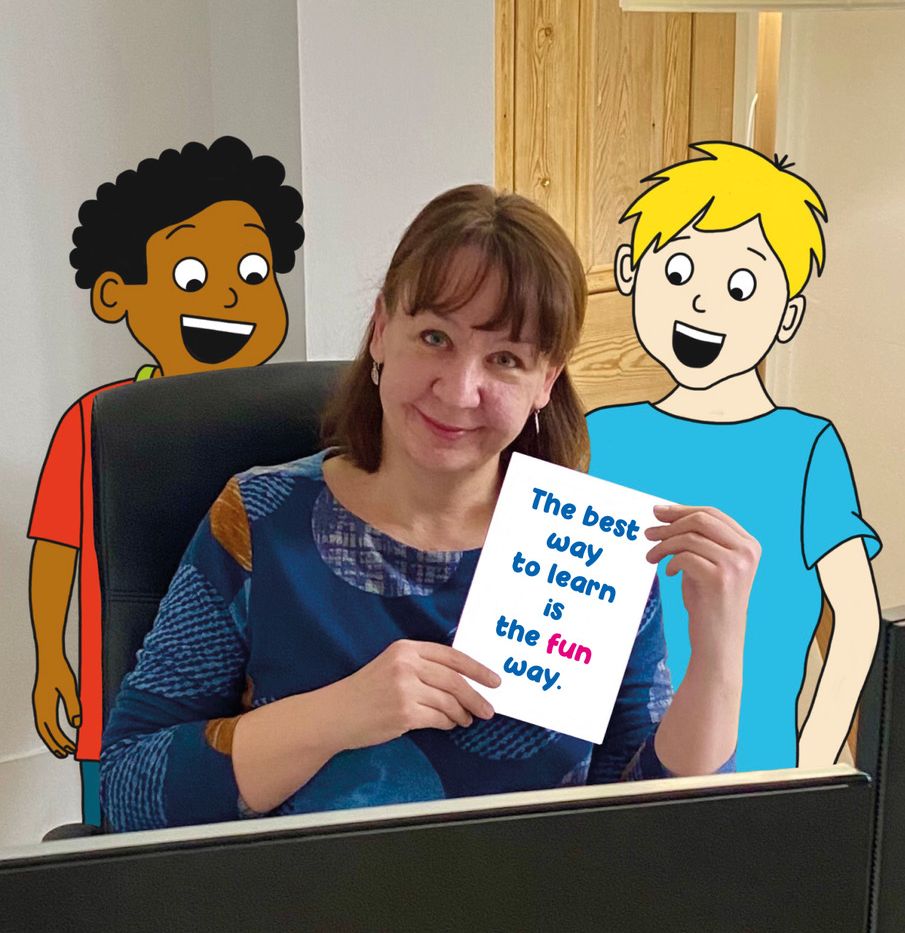About the Author

Lidia Stanton is a dyslexia specialist and psychologist fascinated by educational outcomes of multisensory learning in children with dyslexia, ADHD and ASD. She is the bestselling author of Tricky Spellings in Cartoons, Times Tables Tricks, Tricky Punctuation in Cartoons and The Building Blocks of Grammar.
Lidia’s multisensory teaching and learning methods work by stimulating imagination and encouraging curiosity to help the brain create new associations and make sense of grammar, spelling and times tables. Making visual discoveries and experiencing learning ‘on the go’ provides for a refined way of accessing the newly learned information in the brain in the correct order. Multisensory methods make learning ‘stick’.
Many children with dyslexia are anxious about spelling, punctuation and grammar (SPaG), and yet they are born communicators with a natural curiosity about language. Curiosity sparks motivation, and motivation is what ensures success. Lidia believes that the best way to motivate children is by awakening their sense of wonder about why we structure spellings and sentences the way we do and how language and times tables can be visual 2D and 3D constructs. When we motivate children to ask questions and come up with and test hypotheses, they can then apply the hypotheses to their own learning.
“Curiosity in children is but an appetite for knowledge.”
John Locke
Top tips:
Be led by the neurodiverse child. Teaching may be more effective when there is less of a structured programme, but more a learning experience placed in a situational context. Once the child feels motivated to learn spelling, complement multisensory strategies with a recognised structured programme (for example a phonological spelling programme).
Introduce humour-based contexts to create positive associations with the learning material and strengthen neural memory connections for sequential rules.
Introduce concrete visual and physical props to represent words, sentences and times tables. Google more practical tricks to avoid relying on verbal explanations.
Promote familiarity with formal SPaG or maths terminology but don’t overpromote it. Wait until the child understands the concept before giving it a name.
Be open-minded about ‘alternative’ terminology until formal terminology sticks. It’s fine to talk about a submarine when referring to a subordinate clause and pointing to Santa Claus’s head when illustrating a single clause within a sentence.
As often as possible, take the problem out of the book and into the real world.
Copyright © 2024 Lidia Stanton. All rights reserved.
lidia@lidiastanton.com
Dyslexia Ideas
@dyslexiaideas
@lidiastanton11